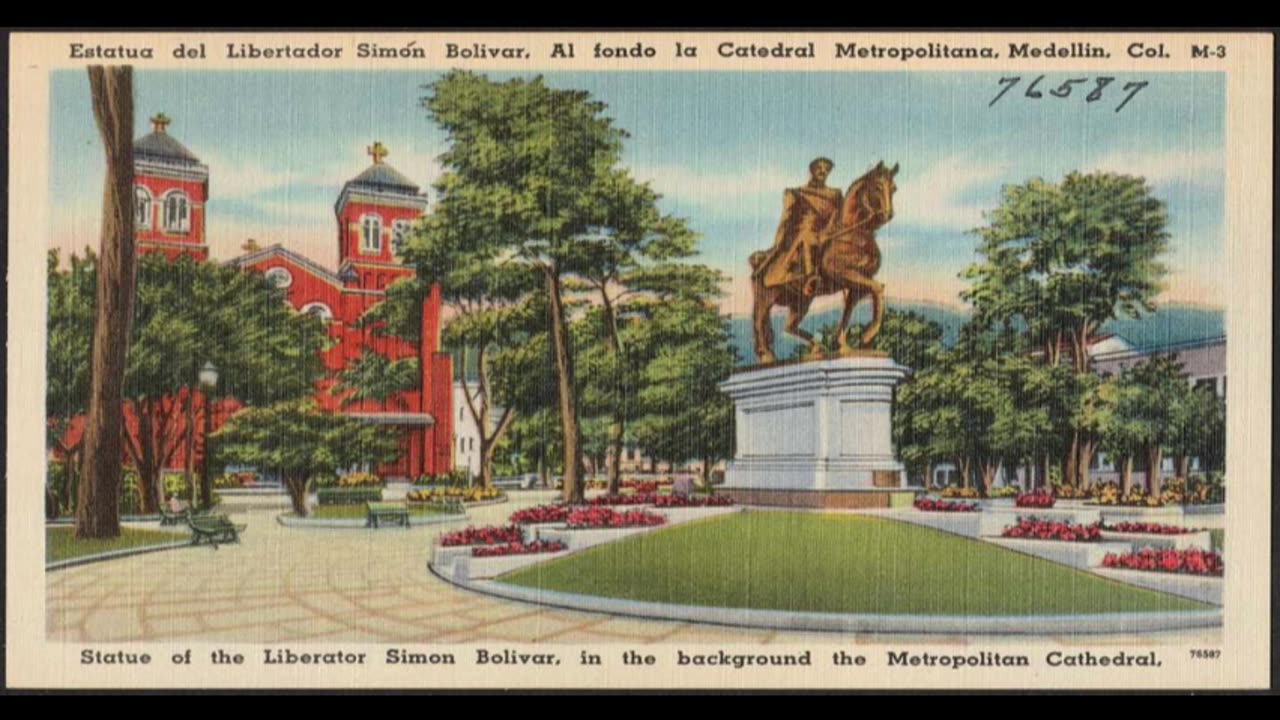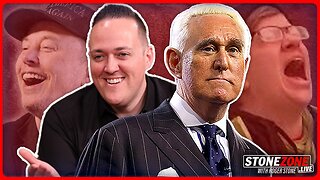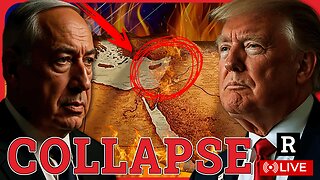Premium Only Content

The Separation of Ecuador and Venezuela from Gran Colombia: A Historical Outlook
Simón Bolívar had a vision to unite South America, which resulted in the creation of Gran Colombia in 1819. Gran Colombia aimed to unite the northern part of South America, including present-day Colombia, Ecuador, Venezuela, and Panama. However, the circumstances of the South American revolution differed greatly from those in the United States, and the dream of Gran Colombia didn't last long. Instead of experiencing growth, Gran Colombia gradually saw its territories breaking apart. Unlike in North America, where colonizers took land from Native Americans, in South America, the Spanish concentrated power and land in the hands of a privileged few.
The conflicts between different groups, such as Pardos, slaves, Creoles, Native Americans, and Spanish Peninsulares, posed significant challenges to the success of the union. Bolívar's original idea of a democratic federation of independent republics was gradually altered as he faced the realities of the situation. Bolívar began to doubt whether the people in South America could effectively govern themselves and exercise their rights, leading him to take control of the government and become a dictator in 1828. However, Bolívar's government failed, and he resigned by 1830.
In 1831, Gran Colombia was abolished, resulting in the formation of three separate countries: Venezuela, Ecuador, and New Granada. Bolívar's goal was to establish a nation that could protect its independence and compete economically with European powers. His dream of uniting Latin America was incredibly ambitious.
To read more: https://www.timeprinternews.com
-
 1:07:44
1:07:44
Adam Does Movies
13 hours ago $5.05 earnedHow To Get A Movie Made In This New Era And Is It Worth It? - LIVE!
52.8K2 -
 55:29
55:29
Flyover Conservatives
1 day agoMEL K | We’re WINNING, But The Globalists REFUSE to Back Down—Here’s What’s Next! | FOC Show
53.2K6 -
 14:54
14:54
BlackDiamondGunsandGear
12 hours agoIs this BUDGET Optic WORTH your $$$ / Gideon Optics Advocate
34.9K1 -
 2:25:08
2:25:08
Space Ice
11 hours agoSpace Ice & Redeye: Seagal's Born To Raise Hell & Movie Ideas Feat Alex Lantz
41.8K -
 57:58
57:58
The StoneZONE with Roger Stone
7 hours agoCliff Maloney Defends Elon Musk as Liberal Heads EXPLODE over DOGE | The StoneZONE w/ Roger Stone
56.5K5 -
 1:14:39
1:14:39
Redacted News
11 hours agoBREAKING! Trump's Gaza Ceasefire in Trouble, Peace in Ukraine Imminent | Redacted w Clayton Morris
184K172 -
 7:18:36
7:18:36
Dr Disrespect
15 hours ago🔴LIVE - DR DISRESPECT - THE SHOTTY BOYS - WARZONE CHALLENGE
208K20 -
 57:12
57:12
Candace Show Podcast
11 hours agoJudge Slaps Down Blake Lively. Colleen Hoover Returns. | Candace Ep 146
146K137 -
 1:02:51
1:02:51
LFA TV
1 day agoDEEP STATE ATTEMPTS TO SABOTAGE DOGE | BASED AMERICA 2.12.25 6PM
48.8K24 -
 1:33:01
1:33:01
Michael Feyrer Jr
9 hours agoGet Your Live Streaming Questions Answered! LIVE
37.9K1